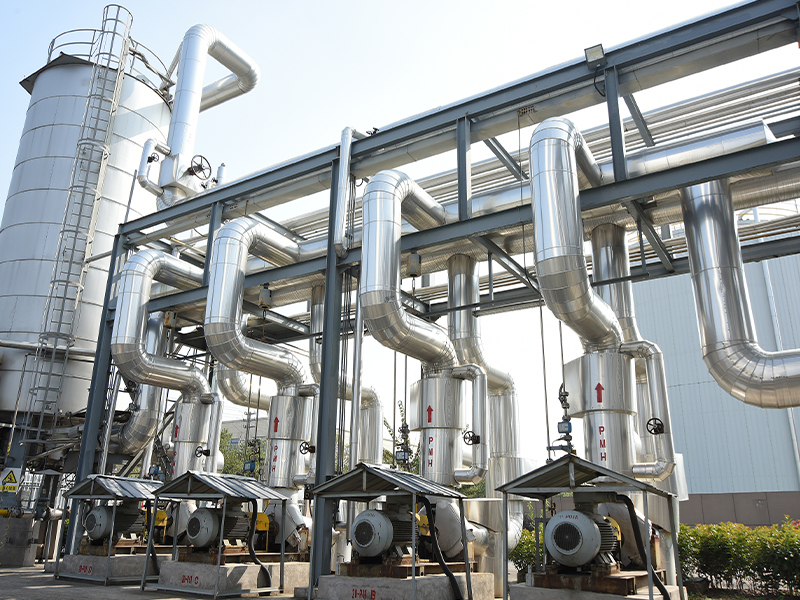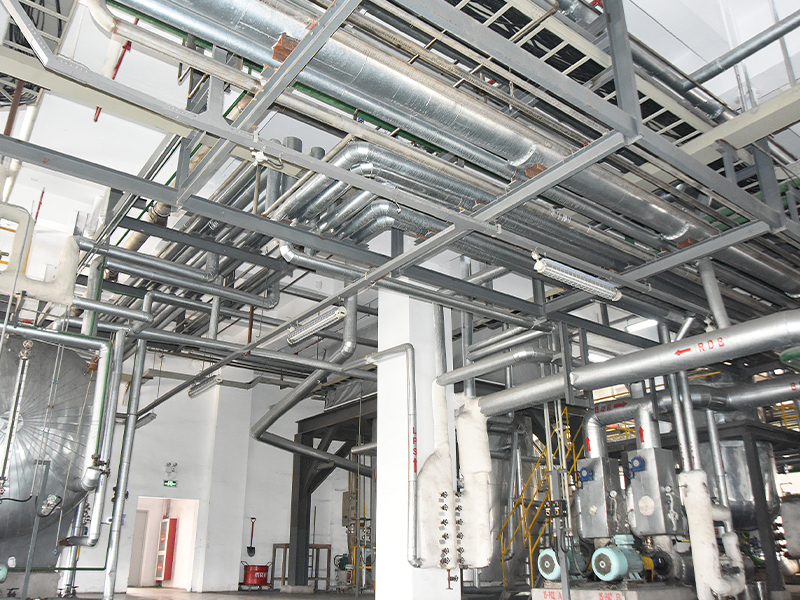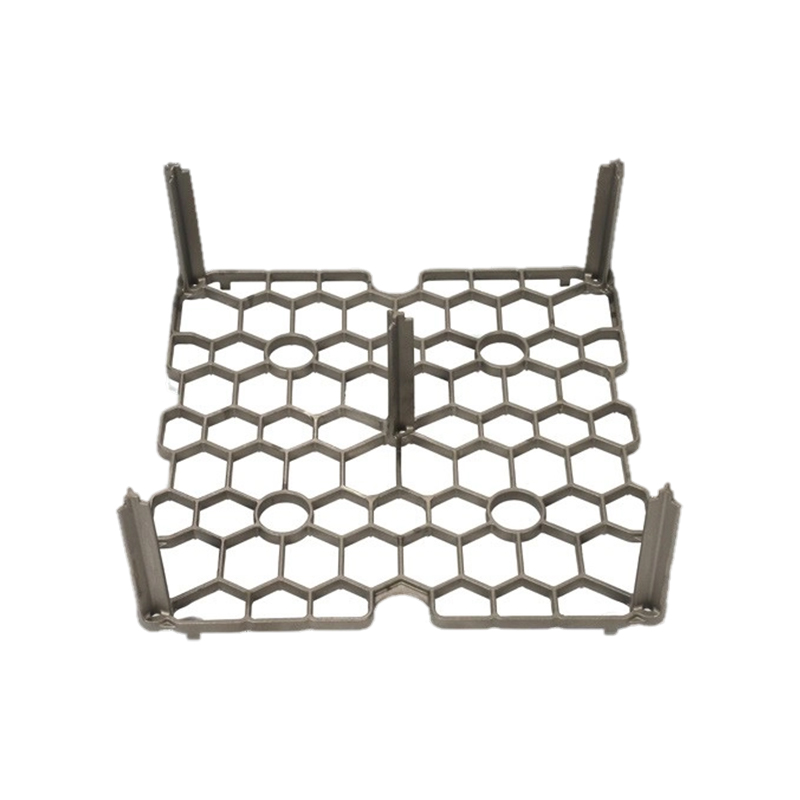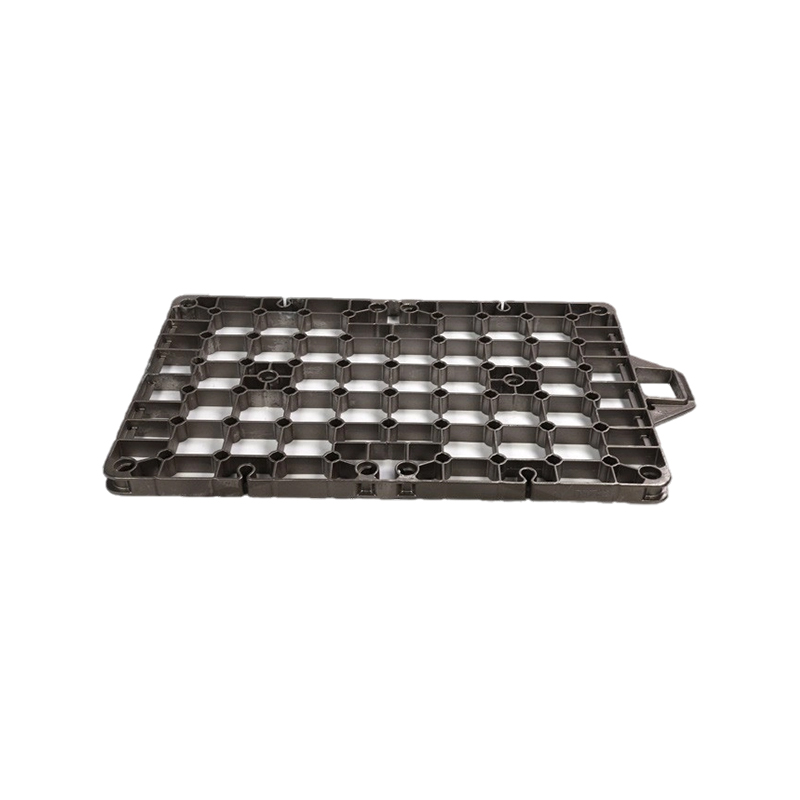Lost Foam Casting (LFC), an advanced evaporative pattern casting process, has gained substantial traction in manufacturing industries seeking efficiency and cost reduction. A key driver of its adoption is its demonstrable ability to lower machining costs compared to traditional casting methods.
The Core Principle: Near-Net-Shape Casting
At the heart of LFC's machining savings is its ability to produce near-net-shape castings with exceptional dimensional accuracy and intricate detail. The process involves creating a polystyrene foam pattern, identical to the desired final part, coated with a refractory ceramic slurry. This pattern is embedded in unbonded sand, and molten metal is poured directly onto it, vaporizing the foam and precisely replacing it. This direct replication yields parts requiring significantly less material removal during subsequent machining operations.
Key Factors Driving Machining Cost Reduction:
-
Reduced Machining Stock Allowance:
- Direct Replication: Unlike sand casting, which requires draft angles and core prints for pattern removal, LFC patterns can be designed without draft angles (or with minimal draft) and incorporate complex internal features directly. This results in castings that are much closer to the final part geometry.
- Tighter Tolerances: LFC can achieve tighter as-cast dimensional tolerances (often within IT 13-15 grades) and better repeatability compared to many conventional sand casting processes. This directly translates to less material needing to be machined away to meet final specifications. Reductions in machining stock allowances of 30-50% or more are common.
-
Elimination of Core Fin Removal:
- No Traditional Cores: Internal cavities in LFC are formed by the foam pattern itself, completely eliminating the need for separate sand cores and the core fins (flash) that occur where cores meet the mold cavity in traditional sand casting.
- Reduced Finishing Labor: Removing core fins is a significant manual or semi-automated machining/sanding operation in sand casting. LFC castings emerge virtually free of core fins, drastically reducing or even eliminating this labor-intensive and time-consuming finishing step.
-
Improved Surface Finish:
- Smoother As-Cast Surfaces: The ceramic coating applied to the foam pattern results in a notably smoother as-cast surface finish compared to typical green sand or even many resin-bonded sand castings. While still requiring machining for functional surfaces, the improved initial finish often allows for less aggressive initial cuts and potentially fewer machining passes to achieve the desired final surface quality.
-
Reduced Distortion and Residual Stress:
- Uniform Cooling: The unbonded sand mold in LFC offers minimal resistance to the natural shrinkage of the metal as it cools and solidifies. This promotes more uniform cooling throughout the casting.
- Lower Stresses: The reduced constraint during cooling minimizes the development of residual stresses within the casting. Lower residual stress levels decrease the likelihood of distortion during machining, leading to more predictable dimensional outcomes and potentially reducing the need for corrective machining passes or complex fixturing.
Practical Implications and Considerations
The cumulative effect of these factors is substantial:
- Reduced Machine Time: Less material removal directly translates to shorter cycle times per part on machining centers.
- Lower Tooling Costs: Reduced machining stock extends tool life (cutting tools last longer) and may allow for smaller, less expensive tooling.
- Reduced Energy Consumption: Shorter machining cycles consume less energy.
- Less Waste: Minimizing material removal reduces the volume of metal swarf generated, lowering waste disposal costs and improving material yield.
It's important to note that LFC requires precise pattern production and process control. Pattern costs and the need for specialized tooling can be higher than simple sand patterns. However, for medium-to-high volume production of complex parts, particularly those with intricate internal geometries or demanding dimensional requirements, the significant savings realized in machining operations often provide a compelling overall cost advantage and faster time-to-market. The reduction in machining is a key factor making Lost Foam Casting an economically attractive manufacturing solution across automotive, aerospace, pump, and valve industries.
 English
English русский
русский Español
Español عربى
عربى




